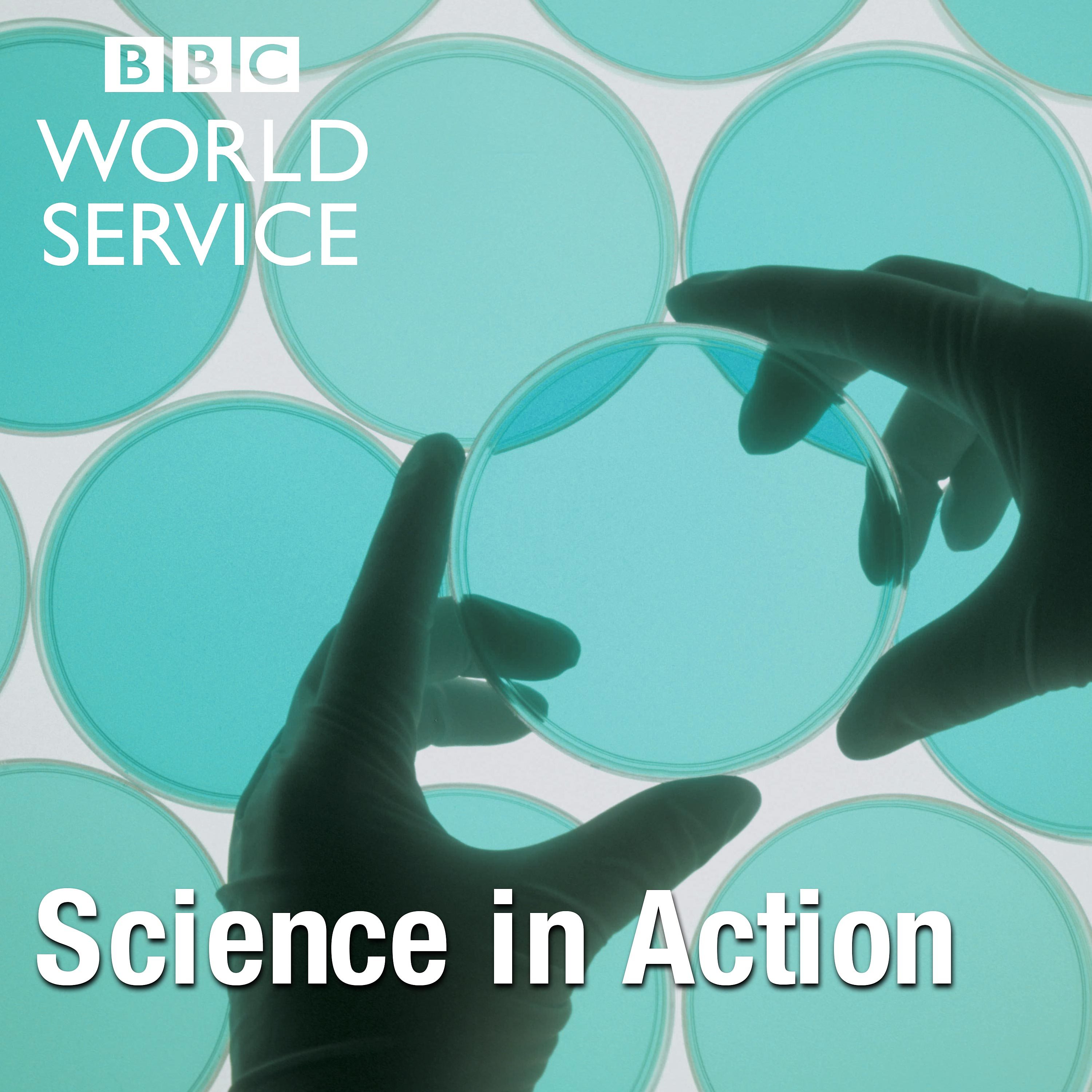
Science In Action
Dec 5, 2024
Scientists have found that just one mutation in the current H5N1 virus in cattle can switch its preference from avian to human receptors. Jim Paulson and colleagues at the Scripps Institute did not use the whole virus to investigate this, but proteins from one of the Texas farm workers found to be infected. It suggests the bovine H5N1 virus has already evolved subtly. Meanwhile, Richard Webby of St. Jude Children's Research Hospital in Memphis helps us catch up on the latest known about the case of the Canadian teenager taken seriously ill a month ago with a different variant of avian H5N1. A debate has been rumbling this last year about the extent of ocean warming by, perhaps paradoxically, the reduction of particulate pollution from the fuel used by ships. The idea is that the small particles of sulphates and nitrates in the soot from funnels actually formed clouds over shipping lanes out at sea. This in turn sheltered the oceans to some extent from solar radiation, thus making latter decades of the 20th century seem cooler than they would have measured today. Hence, removing the particulate pollution from bunker fuel, mandated by the International Maritime Organisation a few years ago, may have contributed to the surge in ocean temperatures witnessed in the last two years. Daniele Visione, of Cornell, and colleagues have done the modelling and found that there has indeed been a noticeable effect. But earth’s oceans are certainly not as hot as Venus’ ones, if indeed such oceans ever existed. It has long been held that once upon a time our sunward neighbour might have possessed liquid water oceans, long since boiled off by runaway greenhouse effects of the atmosphere. But, breaking with science fiction visions of aliens paddling in temperate seas, Tereza Constantinou of Cambridge University has been looking at the gases coming out of the volcanos on Venus, and has concluded that the planet never had such surface water, basically because the rocks from which magma is made don’t billow steam when they boil today. Presented by Roland Pease Produced by Alex Mansfield with Debbie Kilbride Production Coordinator: Jana Bennett-Holesworth
(Image: Bird Flu in Dairy Cows; Credit: The Washington Post via Getty Images)

